Behind an unmarked door at Wenwen, a homey Taiwanese
restaurant in the New York City borough of Brooklyn, a discothèque awaits:
Speakers pump out pop songs in Mandarin, Cantonese, and Taiwanese. Strobe
lights dance across the walls. A disco ball twirls above. A framed poster of
Taiwanese pop star Feng Fei-fei hangs directly opposite the toilet.
اضافة اعلان
The toilet?This clubby oasis in Greenpoint is actually a bathroom. But the
music, the neon and the long line to get in could make you think otherwise.
Diners post selfies from inside the room more often than they post about the
food, said an owner, Eric Sze.
“I don't know if restaurant bathrooms will ever be the reason
you go to a restaurant, and they probably shouldn’t be,” Sze said. “But I think
the bathroom can and should and will be one of the reasons why you love going
to this restaurant.”
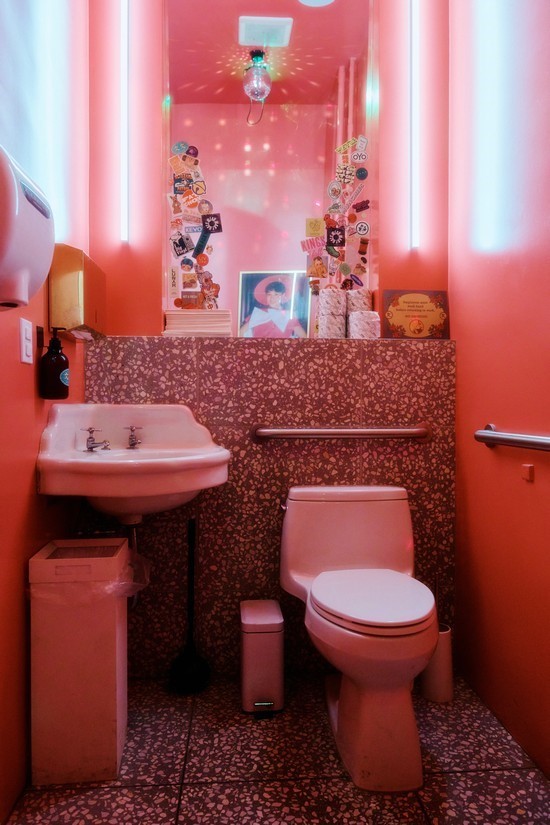
Restaurant bathrooms come in many forms. Some are unadorned,
poorly lit, and even grimy. Others are lovingly supplied and carefully
appointed, with Aesop hand soap, D.S. &Durg a candles, or the eye-catching,
seemingly omnipresent flamingo wallpaper. Still, others try to liven up a
routine visit with quaint adornments like a joke plaque or bumper stickers.
But then there are bathrooms that go far beyond simple comfort
or comedy to make a bold statement about the restaurant’s identity — often
delighting and intriguing customers as much as the food does.
Sze described Wenwen’s restroom as “a little Narnia door” into
his mind: While growing up in Taiwan, he sang these songs in karaoke rooms.
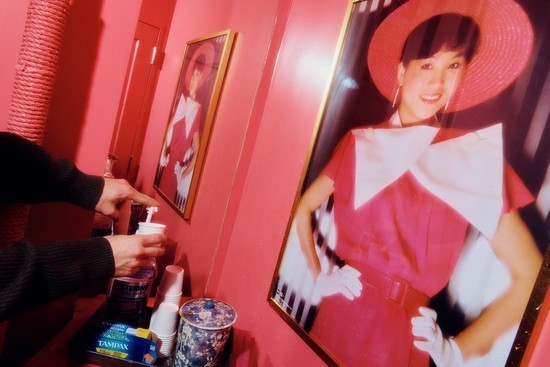
At Gracie’s Ice Cream and Earnest Drinks in Cambridge,
Massachusetts, 53 Dolly Parton photos and album covers and 18 commissioned
portraits of the singer cover the walls. Her greatest hits play on a loop.
What does
Dolly Parton have to do with ice cream? Both make
people happy, said Aaron Cohen, an owner, and Parton “is just like a saint.”
Most customers, he pointed out, do not expect much from a
restaurant bathroom. “It is an easy opportunity to surprise people.”
He tried to keep that surprise under wraps at first, but someone
created a Google Maps entry for the “Dolly Parton chamber.” (All five reviewers
awarded it five stars.)
Statement bathrooms are hardly a new thing in dining. Mission
Chinese Food, Danny Bowien’s genre-bending restaurant in downtown Manhattan,
opened in 2014 with a “Twin Peaks” bathroom featuring the TV series’ spooky
theme music and a portrait of the character Laura Palmer. (Like Palmer, the
restaurant has departed.) Canlis, a fine-dining restaurant in Seattle that has
been open for several decades, has a bathroom that evokes a Japanese Zen
garden, with stone floors and bamboo.
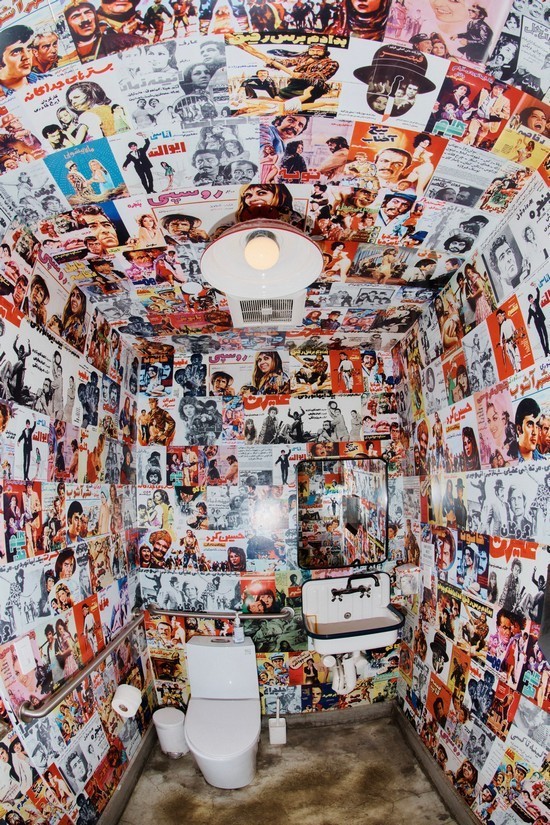
That kind of creativity has become more commonplace in recent
years, said Thomas Kemeny, a freelance creative director in Austin, Texas, who
has photographed restaurant bathrooms for an online art series titled “Excuse
Me, Here’s the Bathroom.”
“I think they show a bit more of their personality than they
used to,” he said. “There is more ownership of the whole space of the
restaurant.”
Diners are also paying closer attention. The bathroom selfie is
edging out the overhead shot of that plate of pasta, said Joe Romano, a software
engineer at Meta in New York, who runs an Instagram page where he reviews
restaurant bathrooms: @peebeforeyouleave.
“Taking pictures of the food is so overdone,” Romano said. “You
don’t want to seem like a TikToker taking pictures of every course or dish. But
when you go to the bathroom, no one is judging you. You can escape.”
He added, “It is almost like a spa away from the restaurant.”
Or a circus fun house. At Mad, a Spanish restaurant in Houston
that opened in 2019, the bathroom walls and ceilings are covered with mirrored
panels, punctuated by neon LED lights that change color. The design is inspired
by the contemporary aesthetic of many Madrid restaurants, said Remington Bruce,
the director of operations.
Most customers just want the selfie. Some “have one drink and a
tapa and take a photo in the bathroom and leave,” Bruce said.
In some cases, the bathroom is used to subvert expectations
about a restaurant.
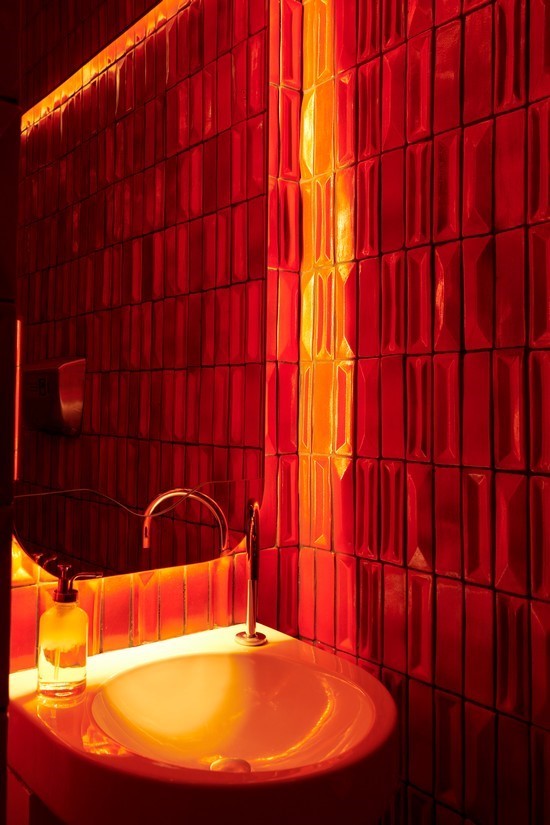
The restrooms at la Barbecue, in Austin,
sport colorful murals
by artists ZuzuPerkal and Xavier Schipani. One is Studio 54-themed and has
drawings of clubgoers, a disco ball and a neon sign that glows with the word
“Fantasy”; the other has photographs scribbled with spray paint, a large pair
of sunglasses hanging above the door, and a hip-hop playlist.
“I wanted la Barbecue to feel different than other barbecue
places,” said LeAnn Mueller, an artist and co-owner of the restaurant, which
opened last year in its current location. “I didn’t want it to be like your
normal, you’ve got a dissected pig, a dissected cow on the wall, a beer sign. I
wanted it to be very art-forward.”
The bathroom “is a place where you can express another side of
how you want the story of your restaurant to be told,” she said.
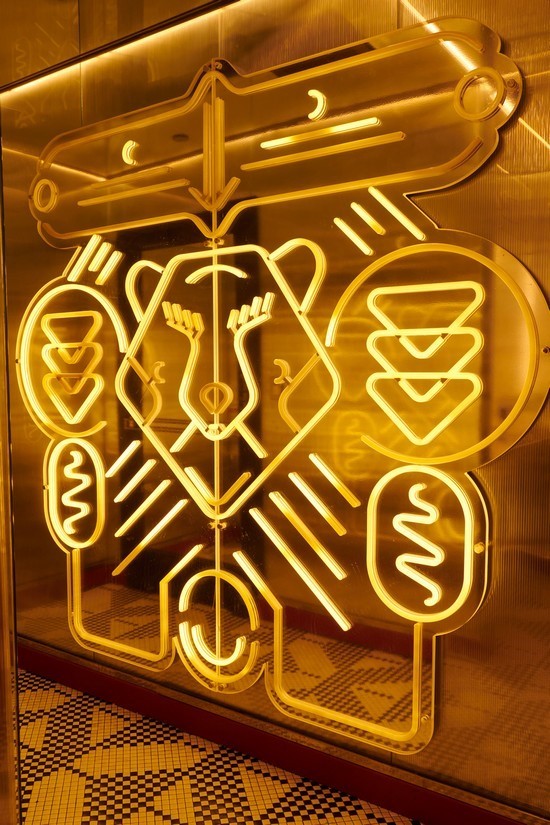
At Wolfpeach in Camden, Maine, which opened last year, the
eccentric bathroom feels at odds with the high-end fare, like duck with braised
leeks. There’s a 1990s club-music playlist, dark-green walls, a single hanging
lightbulb and a changing array of objects, like a deer horn bedazzled with
pearls and crystals by artist Olivia Vanner. Six candles line the base of the
walls, “like it’s a ceremonial room,” said Gabriela Acero, an owner.
When a dining room is impeccably decorated but the bathroom is
spare, she said, “it takes you out of the magic of being out to dinner.”
The bathroom at Wolfpeach aims to maintain that magic, while
telegraphing that this isn’t “precious fine dining,” Acero said.
It is a place for people, including herself, to reset and let
loose in private, she added. “I go to that bathroom and twirl around for five
seconds a couple times a shift.”
Read more Property
Jordan News











